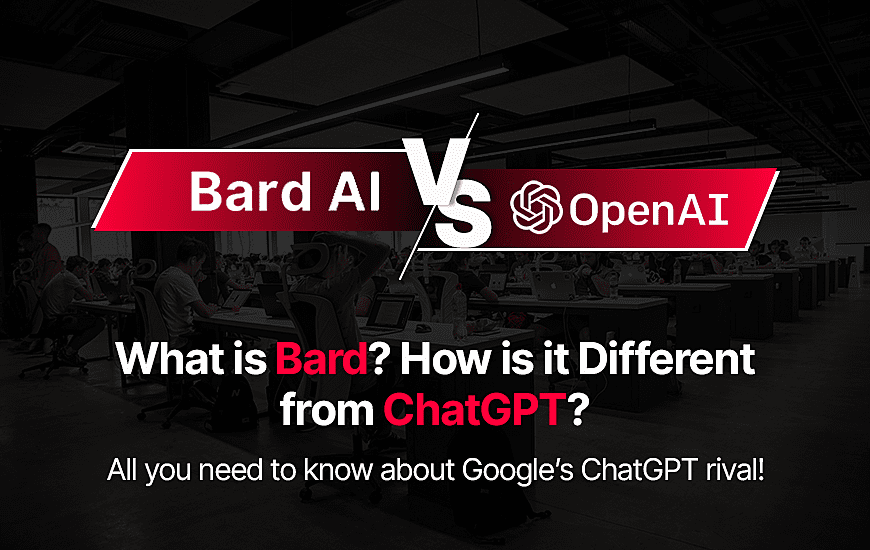
Date: March 28, 2024
Google has introduced an experimental conversation AI service named Bard, powered by LaMDA . This move comes due to the pressure on Google to catch up to OpenAI's popular chatbot ChatGPT, which is backed by Microsoft.
Bard uses LaMDA to provide fresh, high-quality responses to user queries by drawing information from the web. It will initially be released as a 'lightweight' version of LaMDA that would require less computing power, allowing it to scale to more users and seek more feedback.
Here are some major differences between these two ai chatbots which have been breaking the internet-
LaMDA draws information from the web, while ChatGPT can only access information up until 2021. This could give Bard an edge in answering questions about more recent events.
ChatGPT is open to the public for free, with a paid version called ChatGPT Plus. Bard, however, is currently only open to a few trusted testers. According to CTN News, U.S. and U.K. residents are now able to sign up at bard.google.com for its generative AI product.
Bard was created by Google, while ChatGPT was created by OpenAI, a startup AI research company, which recently received $10 billion from Microsoft to integrate ChatGPT into Bing.
Google has been under pressure due to the success of ChatGPT, which quickly amassed more than a million users and reached 100 million within two months of its launch. Google wants to capitalize on the success of AI chatbot services and maintain its position as the world's largest search engine.
Bard and ChatGPT are both AI-powered conversation services, but with differences in their information sources and availability. While ChatGPT is available to the public, Bard is currently limited to a few trusted testers.
Quordle Today: Hints & Answers for July 27, 2024 (Saturday)
Here are your hints and answers for Quordle today. Get our help to solve this entire word puzzle.

NYT Connections Today Game #412: Hints & Answers for July 27
Explore the daily Hints and Answers for NYT Connections. Use these hints to overcome daily word challenges and improve your vocabulary.

NYT Wordle Today: Hints and Answers for July 27, 2024
Looking for Hints and Answers for today’s NYT Wordle? Beat your daily Wordle challenge and strengthen your vocabulary game with these hints.

OpenAI’s AI Search Engine SearchGPT Changes Everything
With the launch of AI-powered SearchGPT, OpenAI is entering into direct rivalry with the age-old search engine leader Google.

